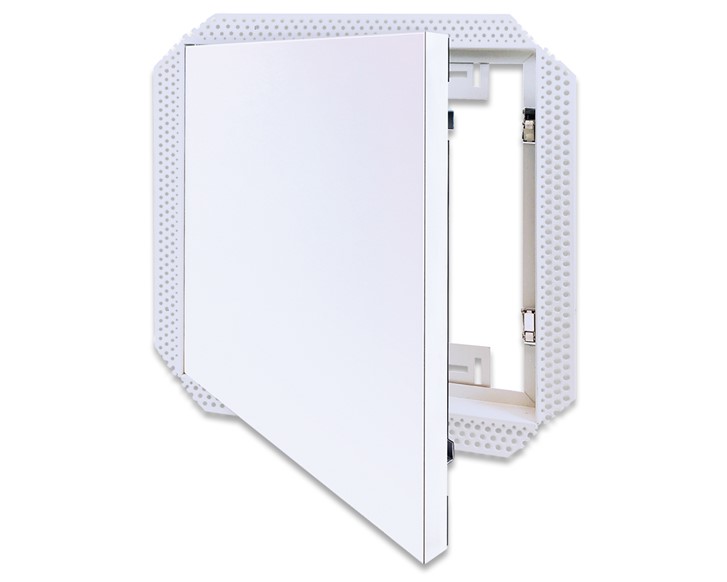- Convenient peel-off adhesive backing - eliminates the need for nails or glue
- Vents provide passive airflow
- Easy to install
- Strong and durable
- The 11mm batten is made from recycled materials
Why use ventilated roof battens?
There is a growing understanding that unventilated cold roof spaces can result in excessive condensation with resulting wet insulation and framing timbers. This is well understood in many countries where ventilation in the roof space is seen as essential for dry framing, insulation performance and to reduce the corrosion risk to metal claddings or components.
Cold roof design is very common in New Zealand, the insulation is installed over the ceiling lining, and the roof cladding, underlay and support mesh rise and fall in temperature with sunshine hours and ambient external temperature. Very few residential or light commercial ceiling have a vapour blocker layer under the insulation to stop moisture diffusion into the roof attic space from the normal activities of occupants. Older down light designs also allow moisture to pass into the roof space. As the air in the attic space cools overnight or on cold days, moisture suspended in the air condenses out at the dew point and forms on the underside of the (cold- uninsulated) roof cladding. The roof underlay absorbs the condensation and releases it again back into the air in the attic roof space when the sun warms the roof cladding and attic space. If, however the moisture rich air in the attic roof space cannot escape, excessive condensation can form overwhelming the underlay and raining condensation onto the insulation and roof framing.











